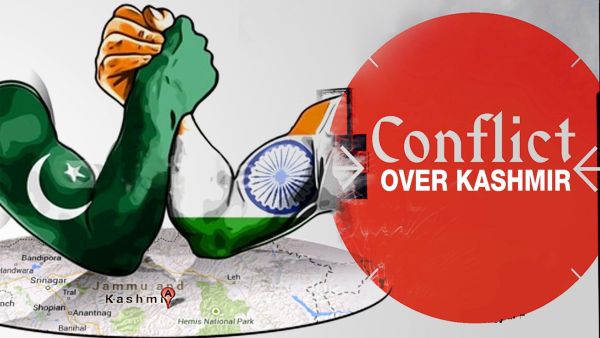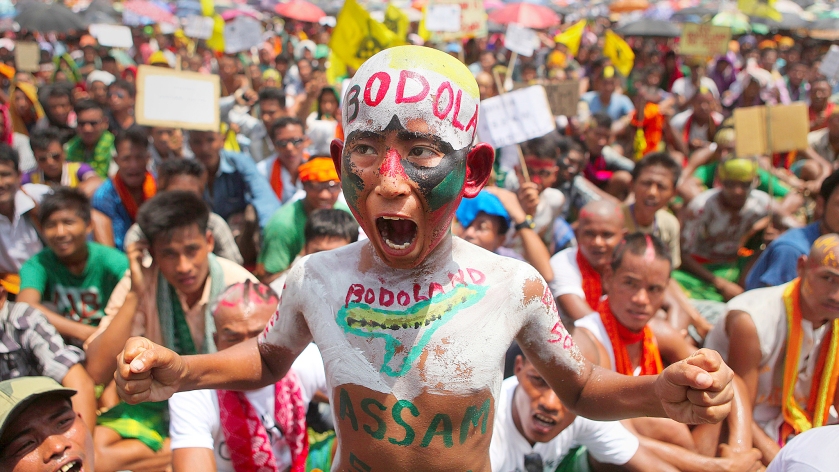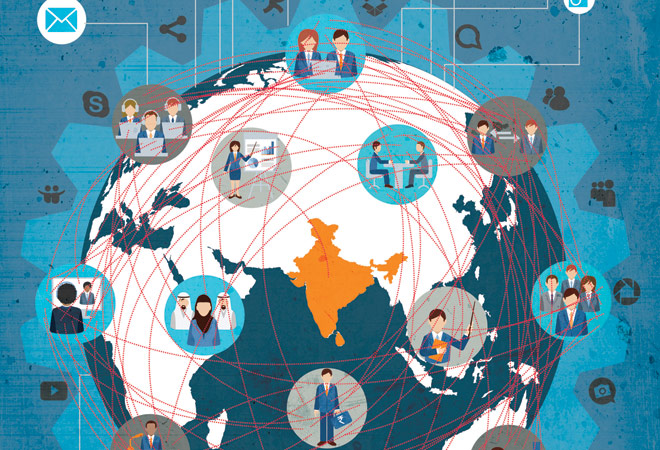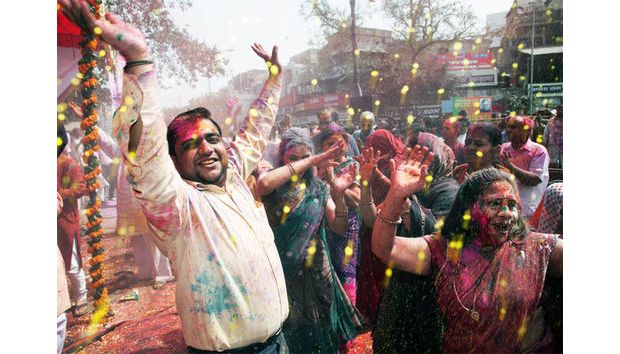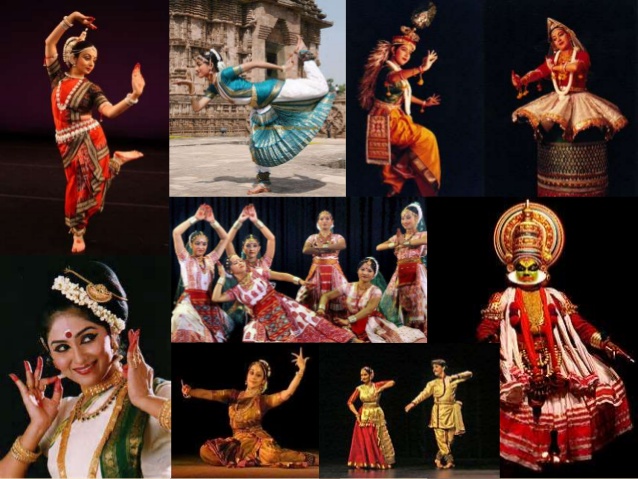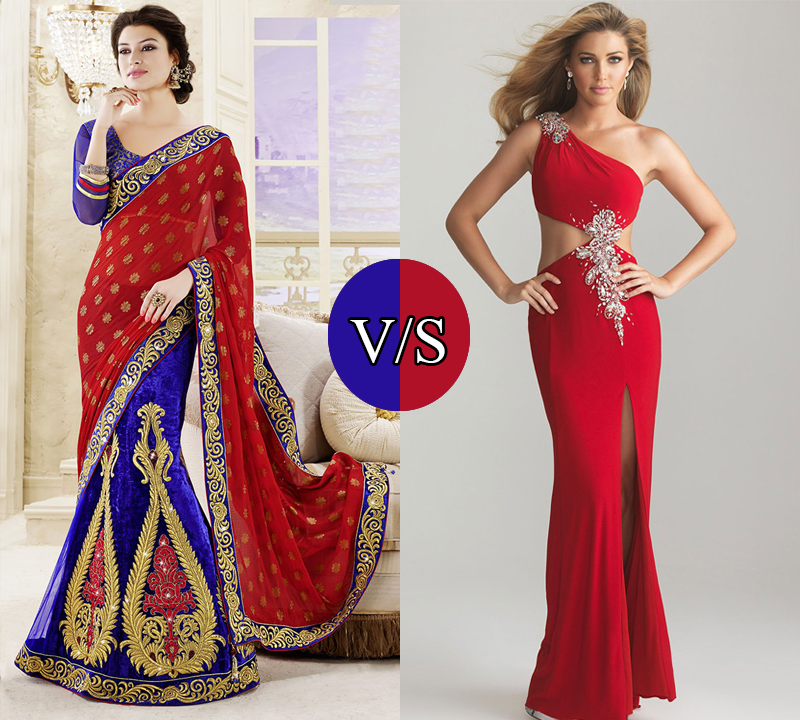
India is the country known for spirituality and philosophy. Here religion is considered to be a way of life, an essential part of the tradition. Religions in India are not only about beliefs but also about ethics, ceremonies, rituals and many more. India is home for many religions like Hinduism, Sikhism, Jainism and Buddhism.
Hinduism is believed to have developed about 5000 years ago. According to 2011 census data, about 80% of Indian population follows Hinduism. It is the third largest religion in the world, with a following of approximately 1 billion people. Ninety-eight percent of Hindus can be found on the Indian subcontinent, chiefly in India. And in around 500 BC two other religions Buddhism and Jainism developed in India. These three ancient religions shaped Indian philosophy. However, there are new religions that evolved in the modern Moreover, there were other attempts to establish new religions in India which did not succeed. One of the example is Akbar, a Moghul Emperor, tried to establish new religion known as Din-E-Elahi. But it did not succeed. With globalization came new religion in India as well such as Islam, Christian and Judaism. [1]
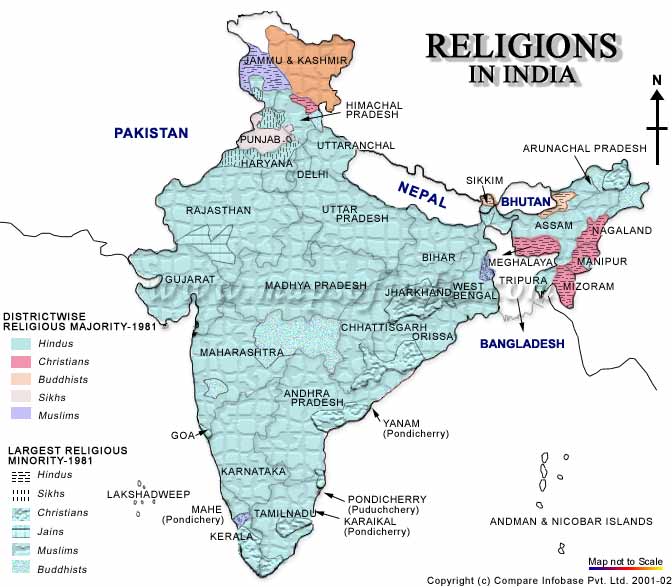
Religions in India
Following religions are found in India:
| HINDUISM – about 80%
ISLAM – about 12% CHRISTIANITY – about 2.5% SIKHISM – about 2% BUDDHISM – about 0.7% JAINISM – about 0.5% ZOROASTRIANISM – about 0.01% JUDAISM – about 0.0005% |
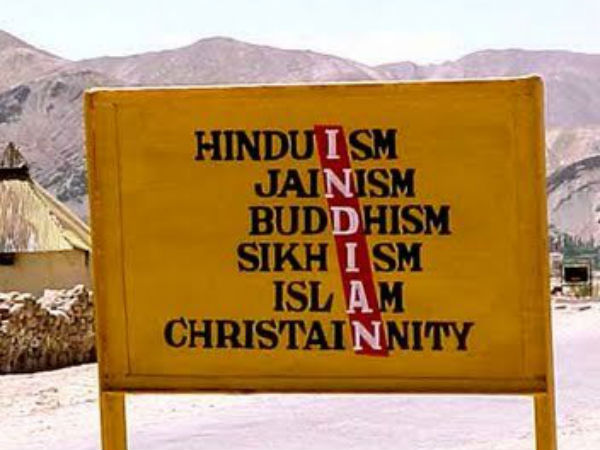
Introduction of Non-Indian Religion
The Apostles St. Judas Thomas who was a carpenter came to Kerela, India to build a temple in 52 AD. He succeeded in converting local Indians to Christianity. His converts were called Syrian Christians. One assumption says that some of the Syrian Christians were actually local Jews converted by St. Judas Thomas to Christianity. The disciples of Jesus at first intended to convince the Jews to adopt the philosophy of Jesus as new Judaism. Therefore they arrived to regions where Jews had settled in the world. Among these regions where Jews had settled was India. Two Apostles are believed to have arrived in India for this purpose. St. Judas Thomas arrived in Kerala in south India and St. Bartholomew in western Maharashtra in west India. Roman Catholicism was introduced by European colonization which started in 1498 when Vasco da Gama, the Portuguese explorer, arrived on the Malabar coast.Christian missionary activity increased in the early 1800s. Today Christianity is the third largest religion of India making up 2 – 2.5% of the population largely concentrated in Nagaland,Mizoram, south India, major metro areas, and in western states such as Goa.
Another non-Indian religion is Judaism. Jews are a minority in India comprising around 0.0005% of the population. The origin of Judaism is hard to estimate because the origin of Jewish community are distinct as some arrived during the time of the Kingdom of Judah while others are descendants of Israel’s Lost Ten Tribes. Of the total Jewish population in India, about half live in Mizoram and a quarter live in the city of Mumbai. Unlike many parts of the world, Jews have historically lived in India without largescale anti-Semitism.
There are five native Jewish communities in India:
1. The Cochin Jews arrived in India 2,500 years ago and settled down in Cochin, Kerala as traders.
2. The Baghdadi Jews arrived in the city Mumbai from Iraq, Iran, and Afghanistan, and Arab countries about 250 years ago.
3. The Bene Israel arrived in the state of Maharashtra 2,100 years ago.
4. The Bnei Menashe are Mizo and Kuki tribesmen in Manipur and Mizoram who claim descent from the tribe of Menasseh.
6. The Bene Ephraim (also called Telugu Jews) are a small group who speak Telugu; their observance of Judaism dates to 1981. [3]
Another minor non-Indian religion is Zoroastrians which make less then 0.01% of India’s population. It is believed to originate from Persia (Iran)so, the followers are known as Parsis. The followers of this religion exiled from Iran in the 7th century AD. They arrived in Gujarat in west India. [4]
REFERENCES
Image Source[1]http://www.indiavisitinformation.com/Indian-religion/img/recipe.jpg
Image Source[2]http://www.mapsofindia.com/maps/india/religion.jpg
